We believe in the huge potential of jobs in infrastructure.
Designing, building, oeprating, and maintaining infrastructure are jobs we can't see being replaced by automation.
Roads, rail, airports, utilities, and many other infrastructure fields are already in high demand; we want to help you get in on the market.
Latest news and insights
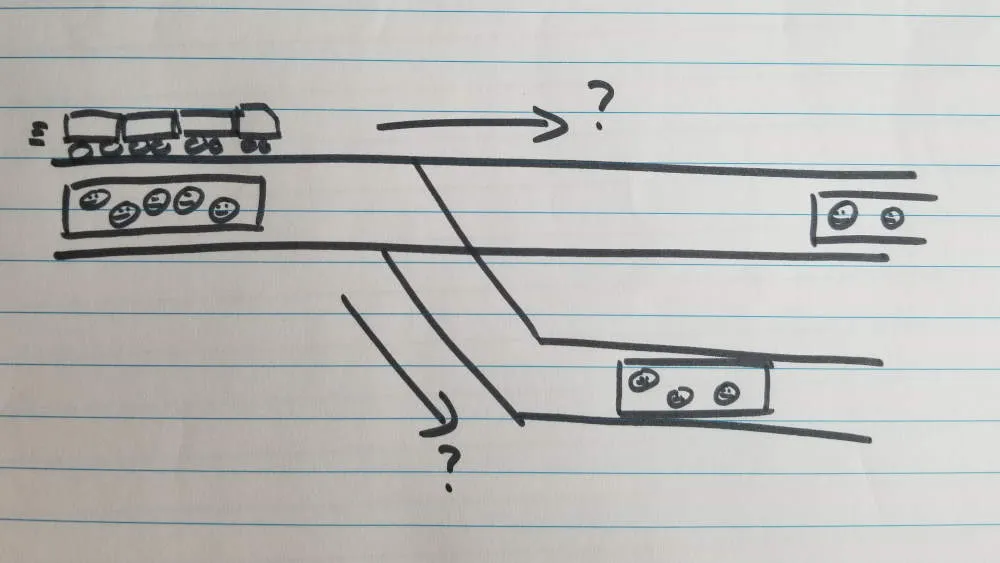
How trains know when and where to go
Trains are told when and where to go thanks to the signalling system and the timetable. The signalling system sets routes for trains to follow on a line, and makes sure the trains don’t hit each other. Timetables are calculated to best serve the train’s customers while also considering positioning...
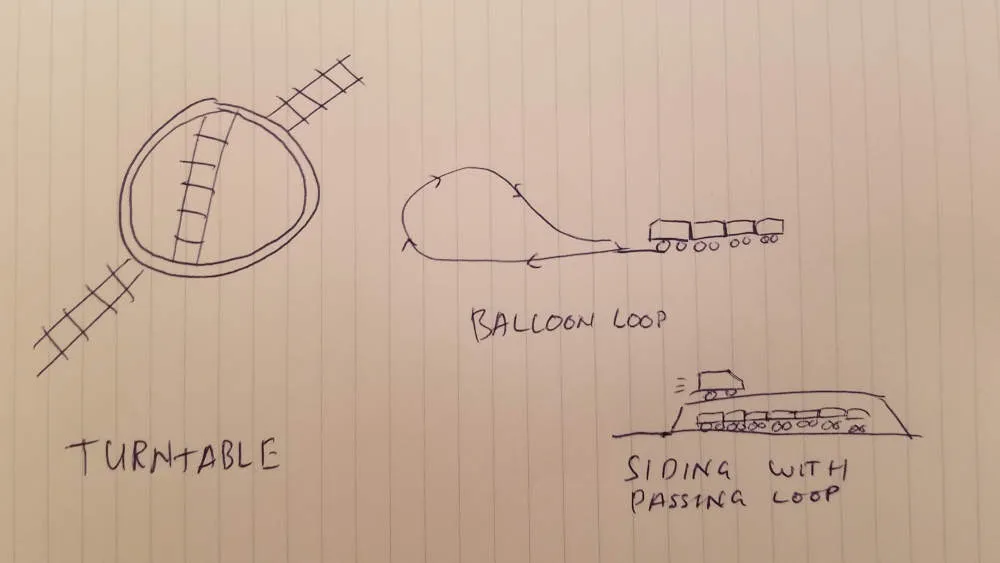
How trains turn around, and why it's important to be quick
Subway and metro trains turn around by reversing their direction at the end of the line, usually these trains are capable of being driven from either end; in my experience it takes 2-4 minutes to turn a passenger train around. Larger trains pulled by locomotives, such as freight trains, can...
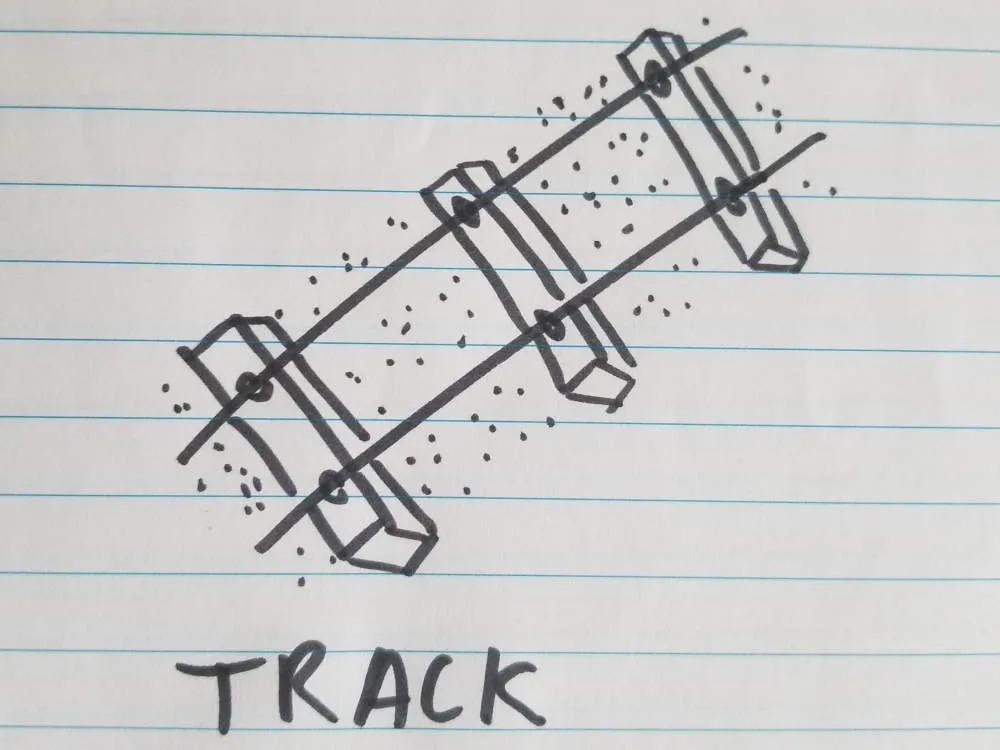
What the Rail Systems are, a visual guide to common systems
I do a lot of work with rail systems. Much of this is about how the rail systems interact with other parts of the train line. This work means helping people understand what rail systems are and how they work. Here, I’ve tried to do the same, to help anyone...
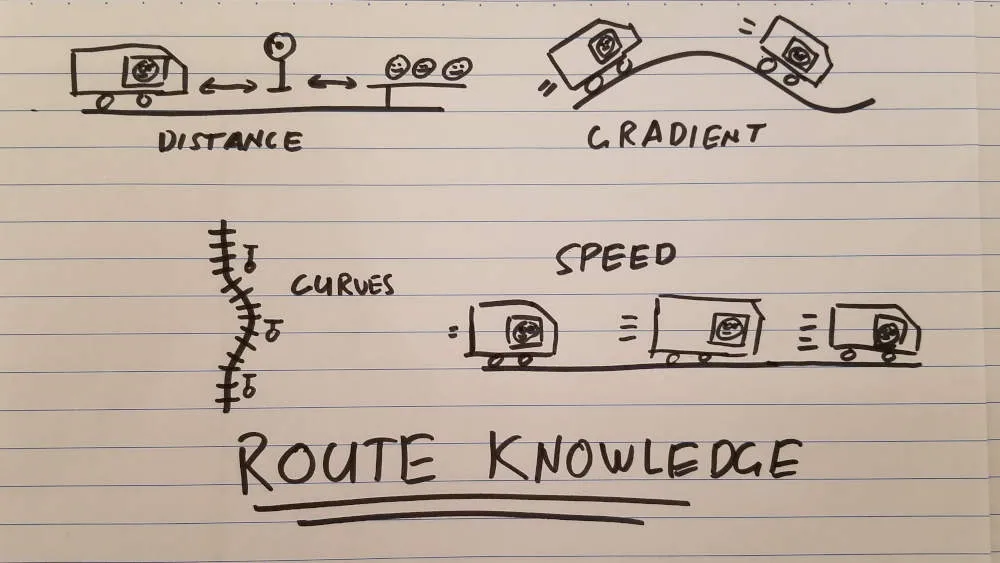
How train drivers know when to stop, explained with pictures
A train driver knows when to stop the train because the train is approaching a stop signal, or the train is approaching a platform. The driver knows when to apply the brake due to having studied the route and experience driving this type of train. Markers are typically found on...
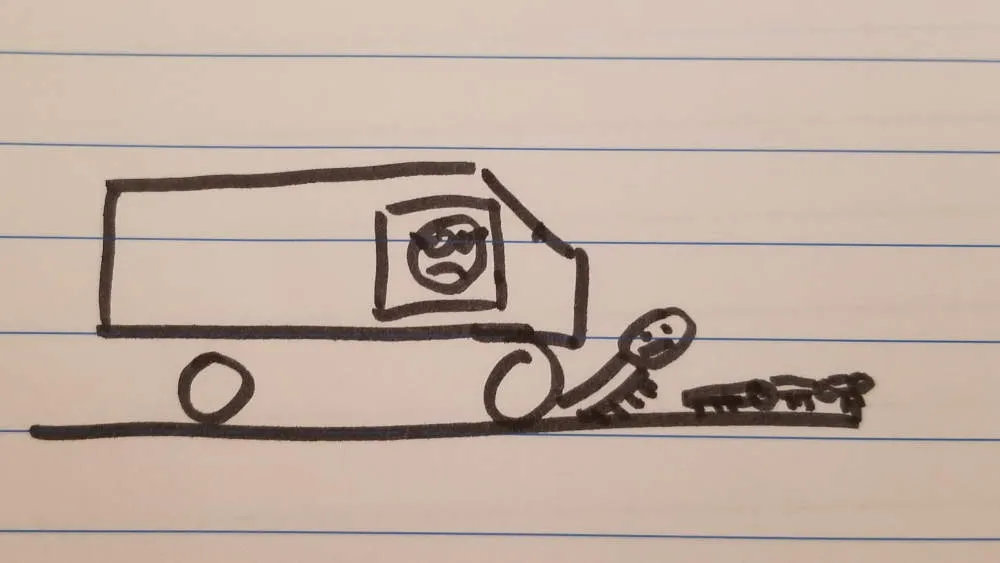
How long it takes to stop a train, and how to emergency stop one
Based on an analysis of 8 train configurations travelling at over 110km/h (65m/h), a freight train stops on average in 1848 meters (6062ft) and 77 seconds, and a passenger train stops in 731m (2400ft) and 46 seconds. The stopping distance can change if the train is going uphill or downhill,...
see more...